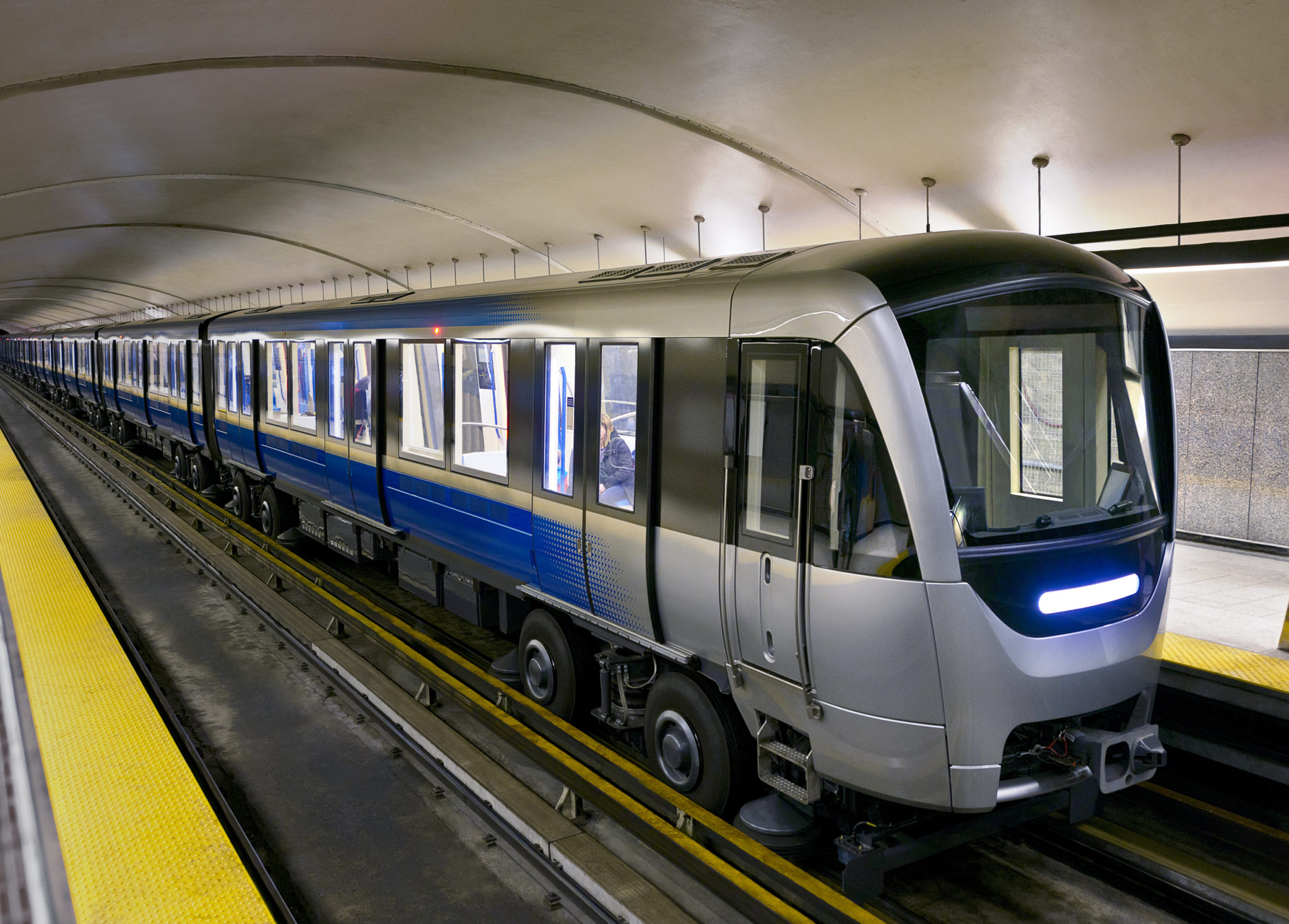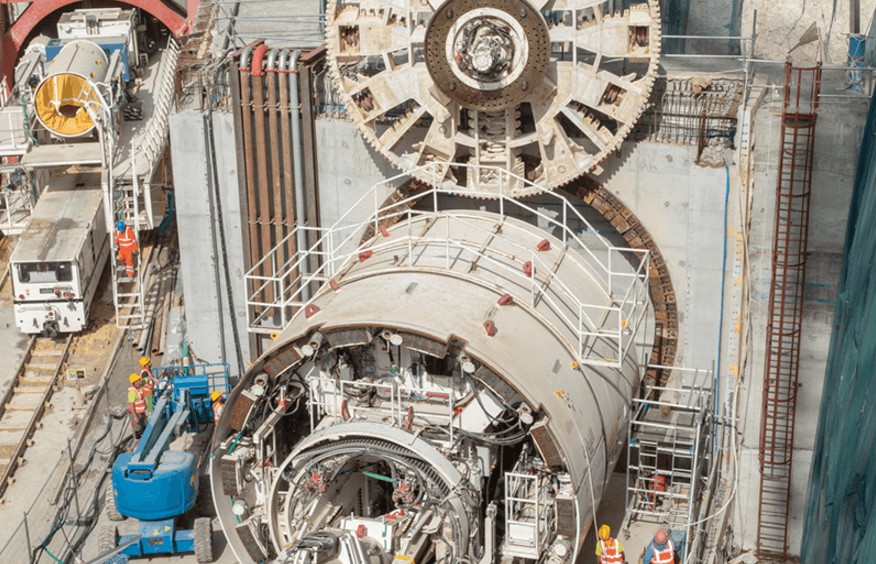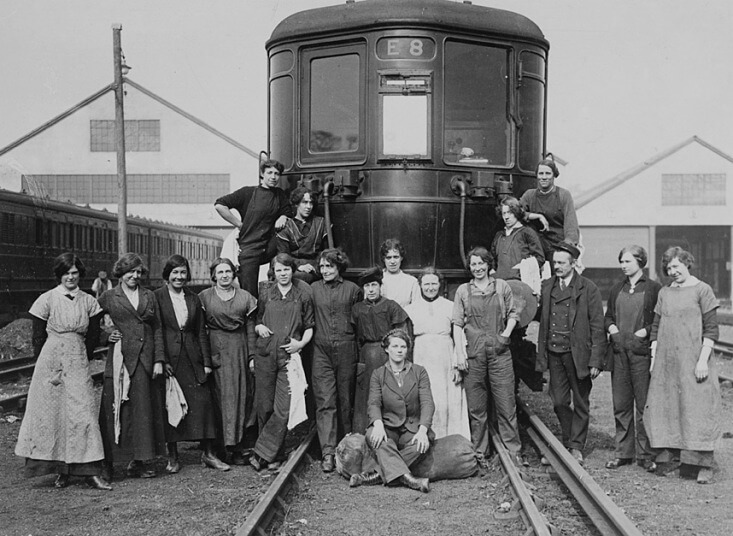In Quito, Ecuador, one of the highest metro systems in the world is currently being built. The first line will run over more than 20 kilometers through the elongated capital of Ecuador at an altitude of more than 2,800 meters above sea level, from the spring of 2017. Two recently completed Herrenknecht EPB Shields are set to work their way through the volcanic ground.
Two tunnel boring machines from Schwanau will soon be literally heading for the hills. In the Ecuadorian Andes work on the Metro de Quito is in full swing – the first two of the planned 15 metro stations are already under construction. In a few months the site crews will be joined by two Herrenknecht tunnel borers. The EPB Shields with diameters of 9.36 meters were completed in Schwanau in late August 2016.
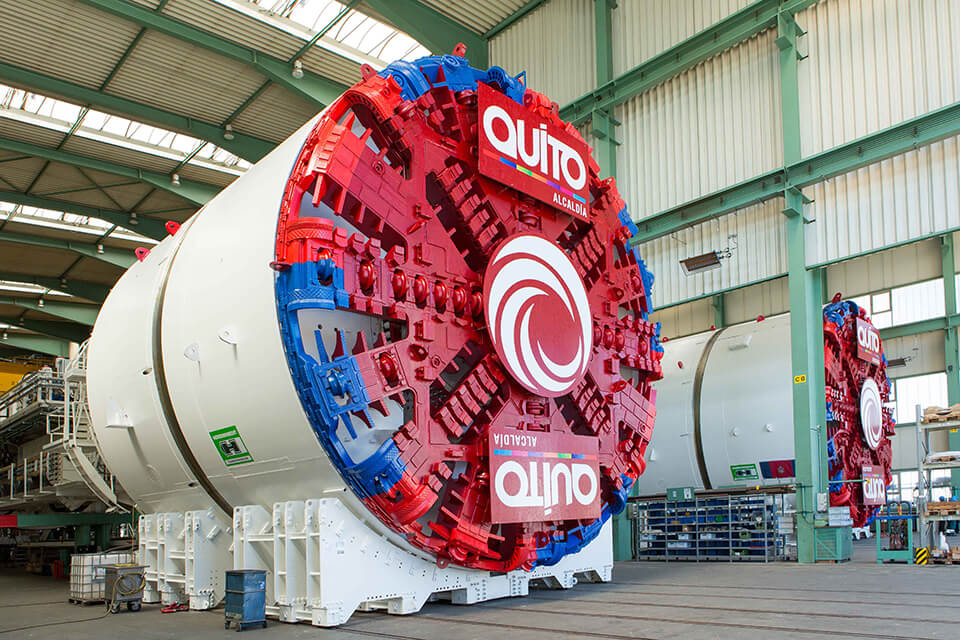
The mayor of Quito, Dr. Mauricio Rodas, visited the Ortenau region for the technical acceptance. Together with representatives of contracting joint venture Acciona/Odebrecht and client Quito Metro, the guests admired and inspected the concurrently assembled and completed machines in detail.
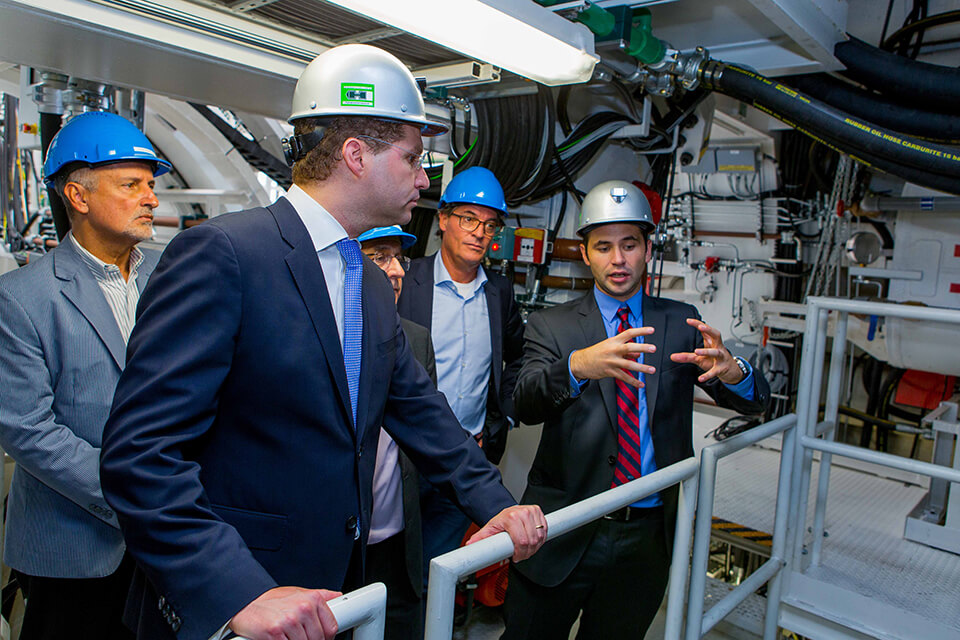
The planned tunnel alignment of Metro Line 1 runs at a depth of about 20 to 25 meters below the city. The new rail system is an important step in the modernisation of the metropolis and in future will transport more than 350,000 passengers daily. At the moment the high volumes of traffic regularly cause congestion and smog. The switch to a more environmentally friendly mass transportation system is designed to remedy the situation and save up to 30,000 tonnes of CO2 emissions per year.
Please see Herrenknecht AG for original article.

















